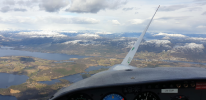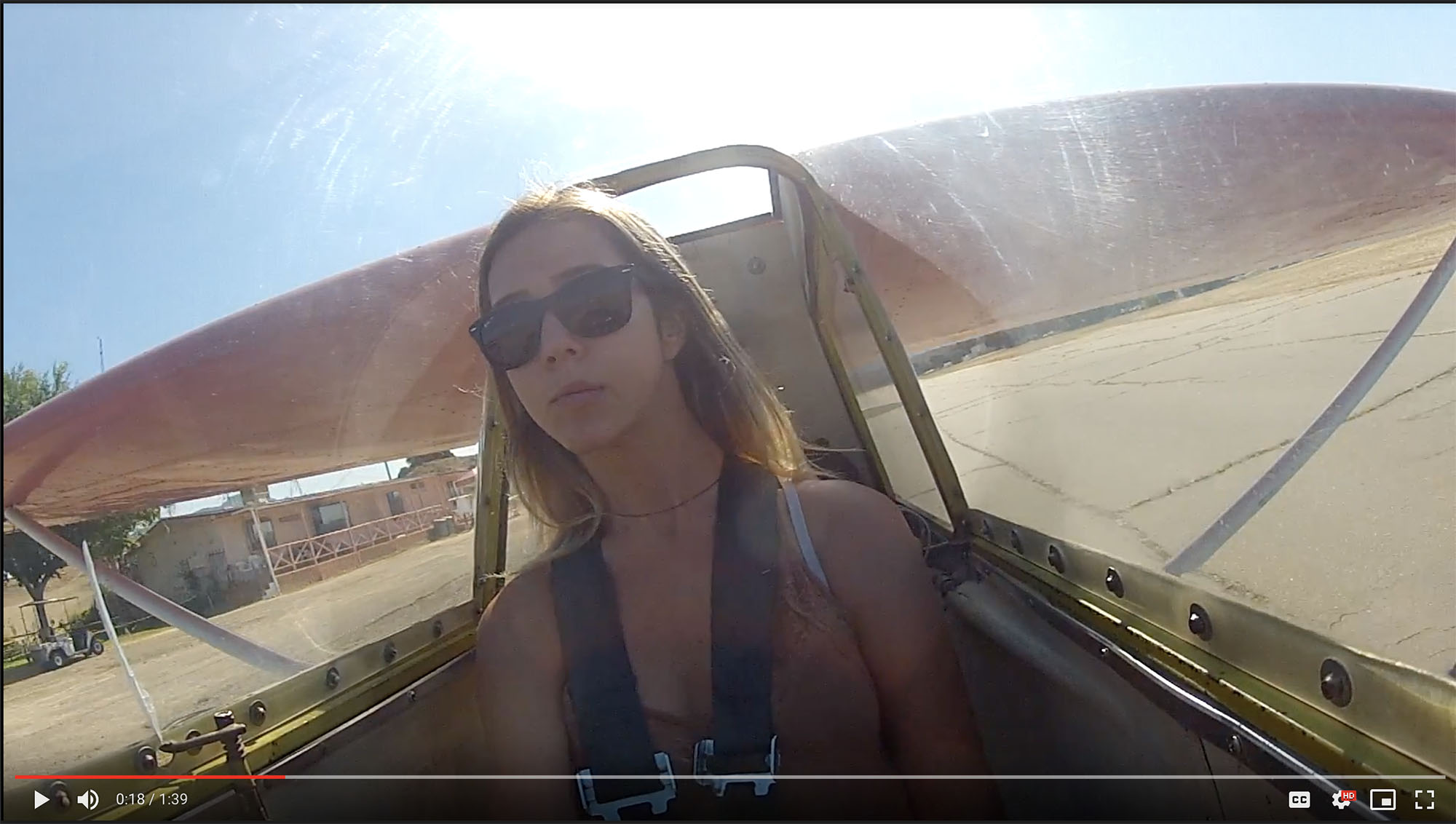Airplanes glide substantially better with stopped props than windmilling props.
Generally this is false is smaller single engine airplanes. I would say they fly marginally better as in not noticeably better, especially in an emergency. Bigger Higher powered airplanes with bigger props may benefit more from stopping the propeller but generally these planes are fast enough that stopping the prop is not very likely with out a catastrophic engine failure, or it has a feathering mechanism .
Just be aware that even in “motorglider” (which are designed to stop and then restart the engine later) there are numerous crash/incident reports where the engine would not restart, for various reasons. Motorglider pilots are supposed to not rely on the engine starting and be prepared to make an out-landing (off field landing) just like a non-engine glider pilot.
Cold soaking an engine before starting tends to make this a bit more likely, Gliders are usually using 2 stroke engines, although a number of them are using Rotary (Wankel) engines.
I am not a multi-engine pilot (one engine is scary enough), but am told restarting an engine in multi-engine airplanes after the required single engine demonstration (ACS) for a checkride can occasionally be problematic and the ACS addresses some risk mitigation in this event. (do it over an airport, for example)
Losing engine power in flight is an emergency. I don't intentionally create emergencies.
This isn't an emergency until at least plan C for me..
Plan A. Restart the Engine
Plan B. Land on the Runway below. Occasionally this is a 6mile by 12mile wide dry lake. It would take some real skill to mess up a power off landing on it.
Plan C. Land in the Taxiway, or to side of the runway.
Here is a rope break video, the equivalent of a power failure on take off. It really didn't seem like an emergency, more like just following the plan.
Glider pilot Aryanna Valdovinos was flying in a Schweizer SGS 2-33 at low altitude, the towline broke. This video shows how she handled the situation.

www.planeandpilotmag.com
But if it fails to restart it IS a failure.
And we have a plan for that, land on the runway is Plan A, and we have plan B and C.
If the prop isn't stopped, there is little noise difference between idle power and no power.
Agreed, I have pulled the mixture a time or two while the engine was at idle just to demonstrate to pilots that they can't tell the difference.
Which sort of is the point of why we don't practice it. Pulling the mixture to idle is a very accurate demonstration of a real power failure.
If you can handle an idling engine you can handle a dead engine.
BTW: the closest I have been to an actual power failure was when being towed by a Citabria, I released at 2000ft AGL and the Tow plane (Citabria) pilot pulled the throttle back to idle to descend back to the airport. When he went to open the throttle nothing happened, The thottle cable had disconnected. He ended up landing it on Railroad Access road with no damage. Fixed the cable and flew it back out. Since I switched frequences almost immediatly after releasing I didn't learn about it until I landed 2 hours later, and he already had the airplane back at the airport.
Brian



